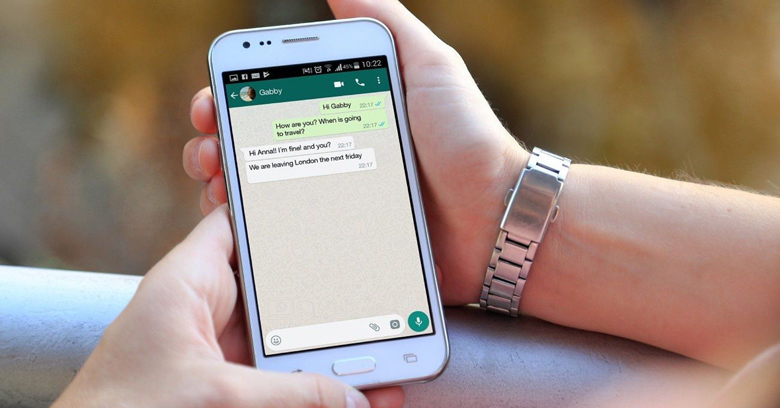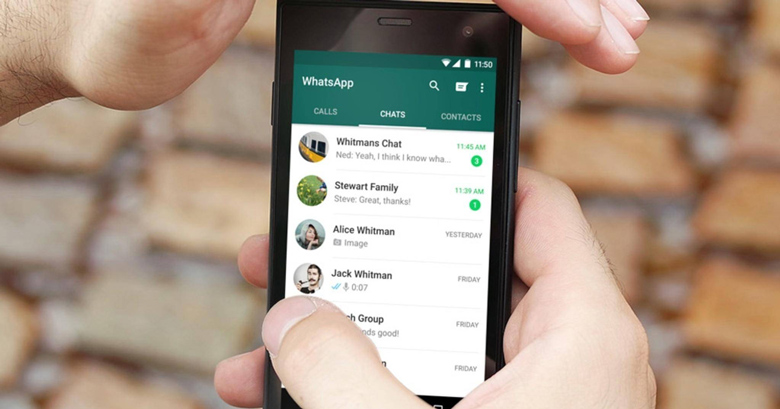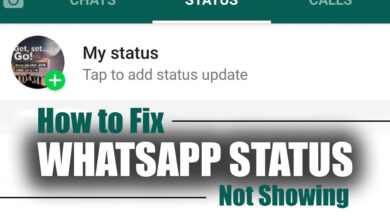Blocking of Screenshots on WhatsApp (All You Need to Know)

It is clear that one of the most popular messaging platforms worldwide, WhatsApp massager, has recently implemented a feature that blocks screenshots.
While some believe blocking screenshots on WhatsApp is a necessary security measure to protect users’ privacy, others see it as an inconvenience, particularly for those who frequently use screenshots to save important information or share content with friends and family.
So if you are a WhatsApp user, it is essential to understand the reasons behind WhatsApp’s decision to block screenshots, its implications, and possible workarounds for users who rely on this feature. Stay with us in this article to learn about them!

Understanding WhatsApp’s Screenshot Blocking feature
WhatsApp’s screenshot-blocking feature is a security feature that restricts users from taking screenshots of chats and media on their app.
The feature prevents users from taking screenshots of their chats, profile pictures, or status updates when enabled.
The feature is meant to protect user privacy and prevent the unauthorized sharing of personal information.
Related :
• Does WhatsApp Notify Screenshots of Status 2023?
• How to Block WhatsApp Spam Messages?
The screenshot-blocking feature is available on Android and iOS devices and can be turned on or off in the app’s settings.
Reasons behind WhatsApp’s decision to block screenshots
The main reason behind WhatsApp’s decision to block screenshots is to enhance user privacy and security.
Sensitive conversations and media shared on WhatsApp could be easily captured and shared without the sender’s consent.
The screenshot-blocking feature is intended to prevent users from taking screenshots of chats, profile pictures, or status updates.
This move also helps WhatsApp comply with data protection regulations in different jurisdictions.
Therefore, we can predict other security features by WhatsApp shortly.
Implications of WhatsApp’s screenshot blocking feature (Positive & Negative Sides)
The screenshot-blocking feature on WhatsApp has both positive and negative implications for users.
· On the positive side, as we mentioned in the previous sections, the feature helps to protect user privacy and prevent the unauthorized sharing of personal information. Blocking screenshots on WhatsApp also adds an extra layer of security to the app.
· On the negative side, users who rely on screenshots for various reasons, such as work or study, may be inconvenienced. Blocking screenshots on WhatsApp features may also affect the user experience, as it limits the ability to share conversations with friends or family.
Workarounds for users who rely on screenshots
WhatsApp Users who rely on screenshots may find the screenshot-blocking feature frustrating. However, there are some workarounds available that we introduce to you.
· For instance, users can use third-party apps to take screenshots without being detected by WhatsApp’s security feature.
· Users can also use screen recording software to record chats and media on their WhatsApp app.
However, these workarounds may need to be more reliable and may compromise user privacy and security.
Nevertheless, personal users can use them to have screenshots of their conversion.
User reactions & feedback to WhatsApp’s screenshot-blocking feature
User reactions to WhatsApp’s screenshot-blocking feature have been mixed.
While some users appreciate the added privacy and security, others find the feature inconvenient.
Some users have also expressed concerns that the feature may lead to more frequent misunderstandings between users, as they may need help to capture the full context of a conversation.
However, WhatsApp has not received significant backlash or negative feedback regarding blocking the screenshots feature, indicating that most users adapt to the new changes.

As the Final Point
The blocking of screenshots on WhatsApp is a security feature that aims to protect user privacy and prevent the unauthorized sharing of personal information.
The feature restricts users from taking screenshots of chats, profile pictures, or status updates.
While the feature has positive and negative implications for users, it is clear that WhatsApp is committed to enhancing user privacy and security.
Workarounds are available for users who rely on screenshots for various reasons, but these may compromise user privacy and security.
Ultimately, users need to understand how the screenshot-blocking feature works and use it to safeguard their personal information on the WhatsApp platform.




